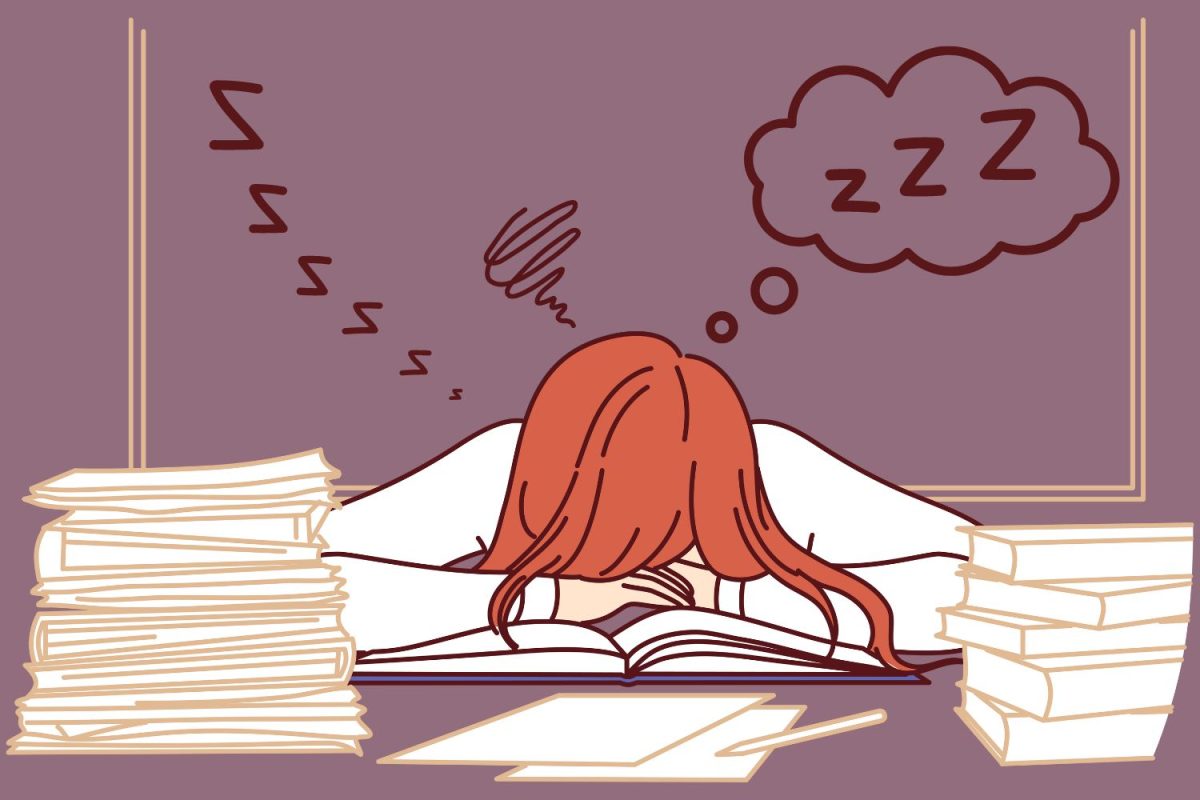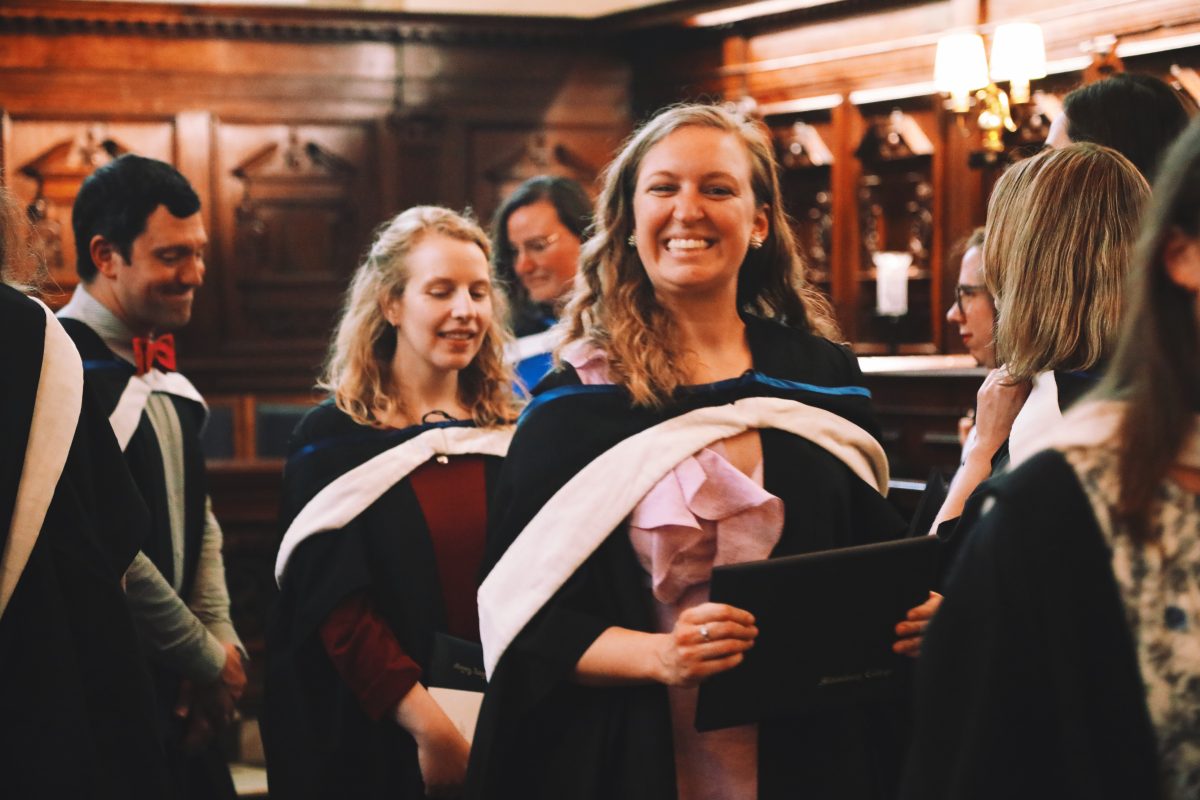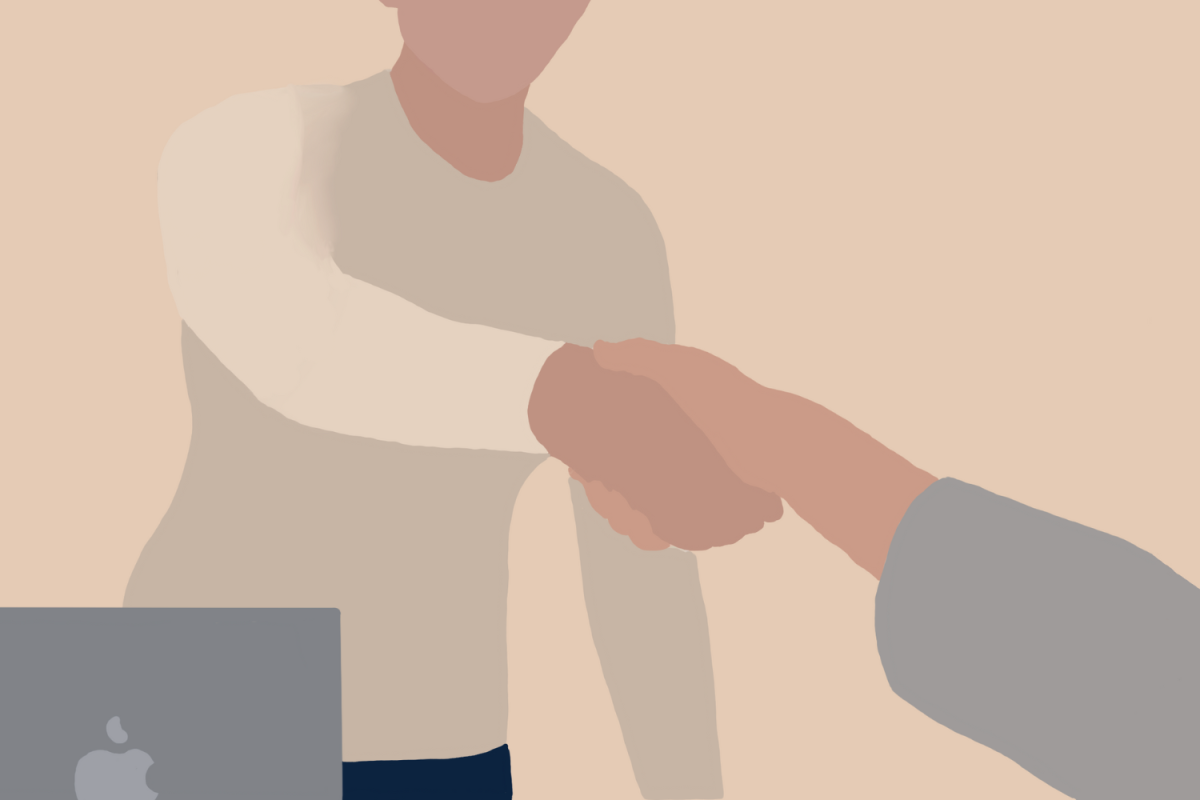Alex Hogenhuis (’15) tried every conversation starter he could think of as he followed a group of students on their way out to lunch. “I couldn’t start a conversation with them. Anything I said was either ignored or kind of dismissed,” he said. “I was a bit of a sideliner because I just sat there listening [and] I didn’t understand – [It was] hard.”
Cliques. Harmless to many but for those excluded or on the outside looking in, they present a significant social obstacle. “I think there is a feeling among those on the inside that [a clique] is a very special group, but I think from the outside, the perception is that a clique does their own thing and even if [someone] wanted to get involved there’s really no forum for that to happen or there would be discomfort in trying to make that happen,” College Counselor Ivan Hauck said.
Not to be confused with “friend groups”, Principal Jack Phillips, believes that, “where cliques become problematic is when they become exclusive. When there are those who are actively and systematically excluded and who feel they have no place,” he said.
Cliques are often seen as impenetrable, From Maya Matejcek’s (’17) experience, cliques are also, “pretty elitist and can be quite judgemental of other people.”
This can be exposed in both daily personal interactions as well as across social media. “Gradually, over my time at ASL, I’ve noticed a lot of quite serious [clique structures] and perhaps some bad blood between those cliques, which never really manifests itself during the school day, but I’d imagine now on Facebook and Twitter and other social networks,” World Languages and Cultures Teacher Victoria Hamadache said. “I’d imagine that people are becoming more ostracized.”
The close-minded and specific mindset which comes with cliques often facilitates the formation of specific groups where members must fit a certain idea or personality.
At least in her grade, Ana Salitan-Alvarez (’16) feels the groups are strictly classified into such categories as “the more popular group” or “the more fashionable group.” She added, “Everyone knows what these groups do and what these groups are like; they have been the same since Middle School.”
Although having a group of loyal, dedicated friends is not considered a negative thing, it is this static nature which Salitan-Alvarez alluded to that was labeled the most negative aspect of cliques.
Hauck echoed this concern. “The danger with cliques is that they are very stagnant in nature; there’s not a lot of flexibility. But the more that everybody in these groups can understand that it is okay for people to move in and out freely, the better off we are.”
From the experience of Zainab Mahmud (’15), this often creates a mindset where students are unwilling to look beyond the extent of their own clique. “When people are comfortable with their friends they don’t see any negatives [to cliques] because they are happy.” However, Mahmud said, “For someone who doesn’t necessarily have friends or is new, they think, ‘why aren’t these people including me? What have I done? I’m just like them.’ A lot of people don’t see the negatives until they feel it.”
Salitan-Alvarez is another student who has experienced this static atmosphere on a daily basis. She notices this most during the lunch period, where she often feels a negative atmosphere created by the strictly-defined groups. “At lunch, at the tables around the black chairs, there will be a group sitting on one side and then on the other side, another group,” she said. “Everyone just knows who is friends with who.”
However, cliques are not only a phenomenon that occurs within the student population as cliques can also affect member of the faculty and staff. “When I [first] came [to ASL], I was the one not in the cliques because I wasn’t American and I felt outside of the cliques,” Hamadache said. “I felt completely out of the loop and I certainly wasn’t ever spoken to on any social level by any of the parents or any of the parent groups.”
Phillips believes that the media can perpetuate the idea of how high school students should act socially. “When I look at the typical high school experience, especially in American films, it seems to accept as the status quo a cliquey, popularity, dog-eat-dog kind of experience,” he said.
While media coverage often suggests otherwise, including the popular film “Mean Girls”, which portrays girls as the main perpetrators of cliques in high school, Mahmud believes cliques run across gender. However, she does see differences, “with girls it’s more targeting their emotional strings, for guys [being in a clique] is more like a pact. It’s not as emotional; I just don’t hear about guys’ cliques doing stuff to other guys cliques.”
For most, finding a way to build a community that is 100 percent inclusive would be a step forward. However, Khari Brandes (’16) believes the chances are slim. “While in a perfect world not having cliques would be a good thing, people are just naturally going to have other people that they gravitate towards,” he said.
Cliques can be formed through a variety of identifiers including sports teams, clubs and in some cases, looks and or wealth. “It’s always going to be the case,” Salitan-Alvarez said. “You are popular if you are attractive and also, at this school, if you have a lot of money, it really helps your popularity.”
Sports can often be especially divisive in forming cliques as Hauck points to a created structure where students are labeled as superior to others. “Naturally you are broken up into teams, and sometimes there is a hierarchy there,” Hauck said. “That is what often times create cliques, where there is a hierarchy of who’s better, who’s more important.”
This hierarchy, whether it be created through sports or other means, is what usually creates the tension between cliques and can threaten to separate an entire grade.
Taking place earlier this year, the Senior Sunrise ritual was an event that many, including Mahmud were looking forward to. However, at Senior Sunrise, one individual decided to stand up and make a speech. That morning “there was one really big group sitting in the front and another group sitting at the back,” Mahmud said. Then “[this individual] got up and said something pretty offensive. I remember him saying, ‘We’re all here this morning to celebrate being connected as the senior class of 2015, I feel as though we are all really bonding here sitting in this one group, except for the 50 people sitting at the back.’”
While for many this comment was labeled as nothing more than humor, some, including Mahmud, were shocked.
“This is our Senior Sunrise. We are all meant to be here together; why are you doing this?” she said. “I was personally sitting at the back and this really [angered] me.” She added, “I was [angry] because I’ve been here for a really long time and I was like, ‘I don’t need you to tell me that I’m not part of our grade’.”
For Mahmud, the disconnect between the cliques in her grade stems mostly from arrogance. “[The fact that some cliques feel they are more important] really pisses me off. We are in high school, we are all supposed to [respect each other]. We’ve all earned the right to be seniors,” she said.
It is this arrogance, stemming from an artificial hierarchy, that Phillips deems a problem. “When there are those who use their group and status to make others feel excluded, inferior, unwelcome, that is when it is not only negative but unacceptable here at school,” he said. “We have to be deliberate in dismantling that.”
Among others, one of Phillips’ initiatives to help build a more inclusive community in scheduling events like the Back-to-School Bash. While heralded as one of the best school held events in the last few years, some students are still skeptical about how much it really did for the health of the community. “I think [socials] have an opposite effect and strengthens the so-called problem with cliques,” Brandes said. “When you get people together at a school event, people tend to stick with their friends and it’s just another opportunity to show that you have a clique, in front of other cliques.”
While some students like Brandes, Mahmud and Hogenhuis doubt that events like these directly impact ASL’s social structure, Hauck believes that the school would be doing a disservice if they left students to foster an inclusive community of their own. “As much as we empower students to create their own social climate of a school, we understand that there is also a responsibility of the adults to model appropriate behavior and to also try to create some of that environment,’ he said. “It’s working in conjunction with the students. I don’t think it’s successful if adults try to say ‘this is what the social situation should look like’ because there will be pushback.”
Although Mahmud believes that the administration must do more than it is currently is to alleviate the divisive nature of cliques at the school, she recognizes that this is an extremely difficult task. “I think [the social events are] an attempt,” she said. However, “because we are in a school setting, I just don’t think the groups would ever change. I appreciate the efforts, but you can’t really force people to change.”
zack_longboy@asl.org







